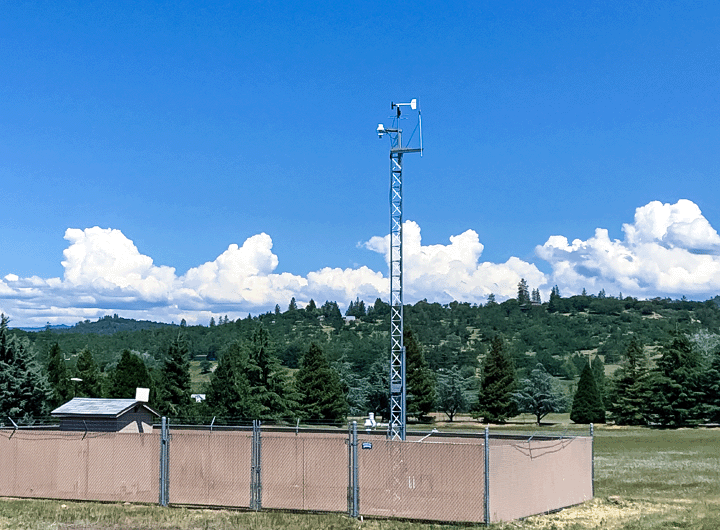In the News
Fieldwork Season in Full Swing at the Bunker Hill Superfund Site
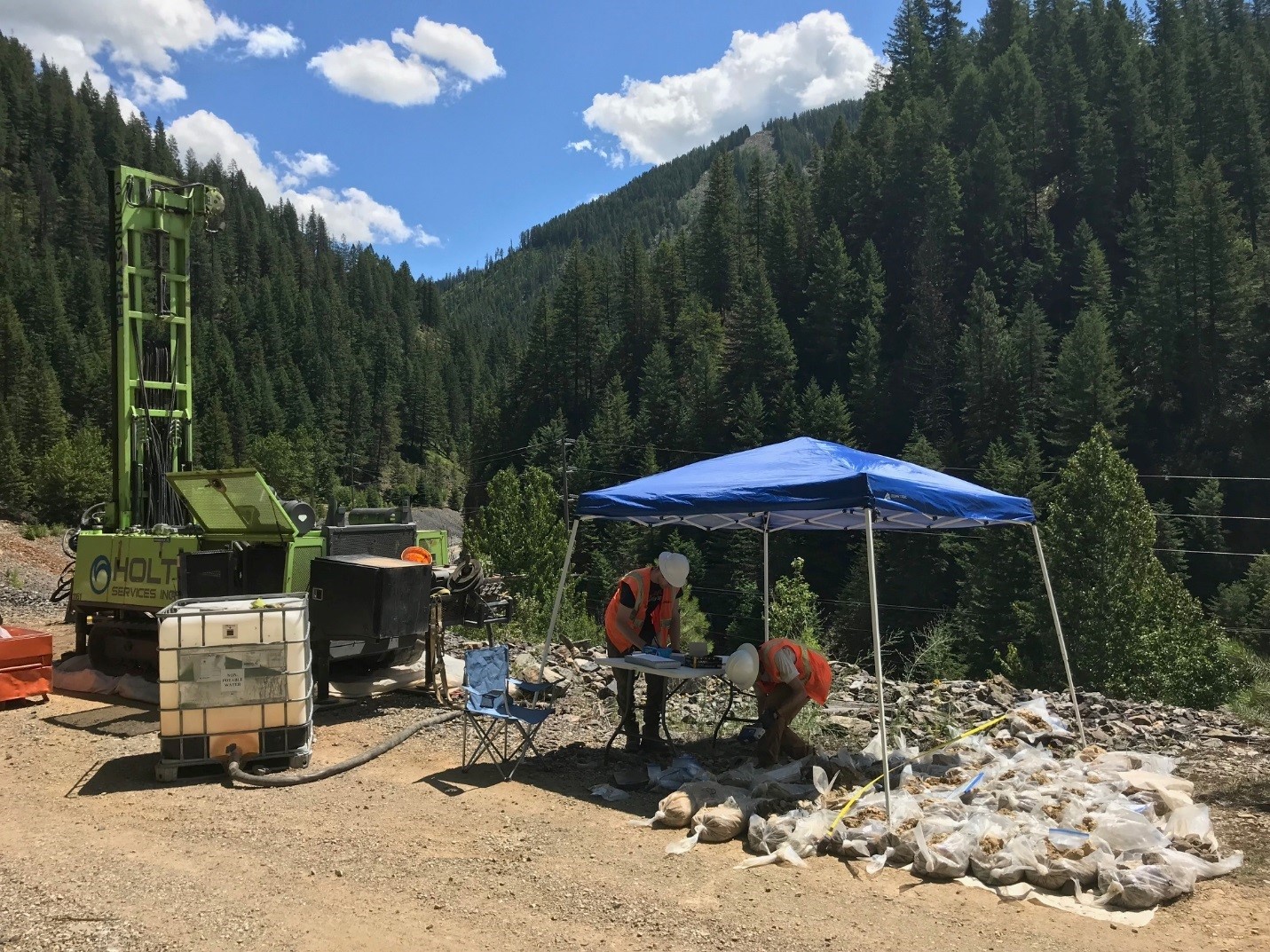
For many of MFA’s geologists, environmental scientists, and chemists, summer means long days of fieldwork at the Bunker Hill Superfund Site (BHSS), conducting several different concurrent environmental investigations. The BHSS includes areas contaminated by historical mining and milling operations in the 166-mile Coeur d’Alene River corridor, adjacent floodplains, downstream water bodies, tributaries, and designated source areas. These places collectively make up one of the largest historical mining districts in the world.
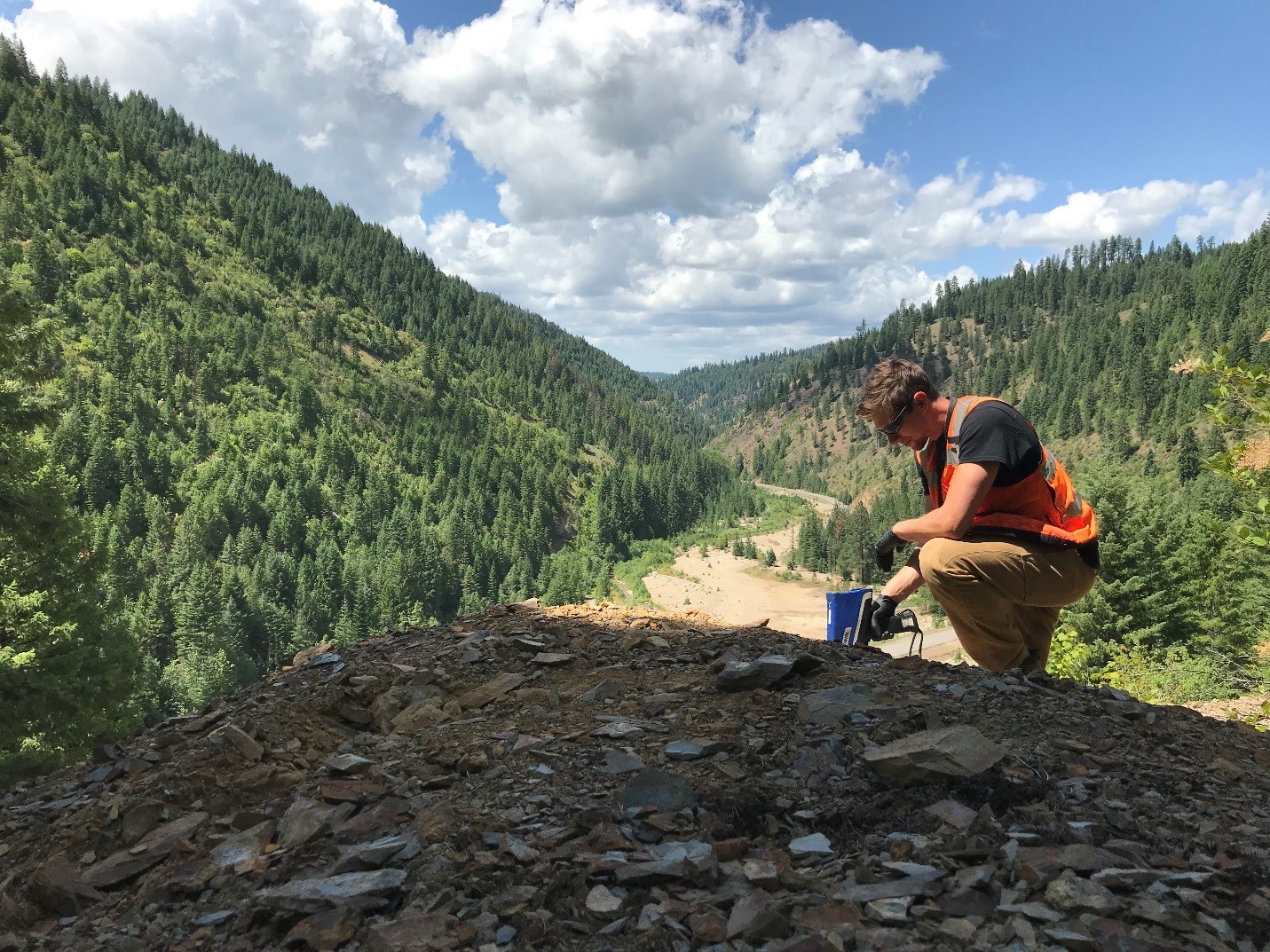
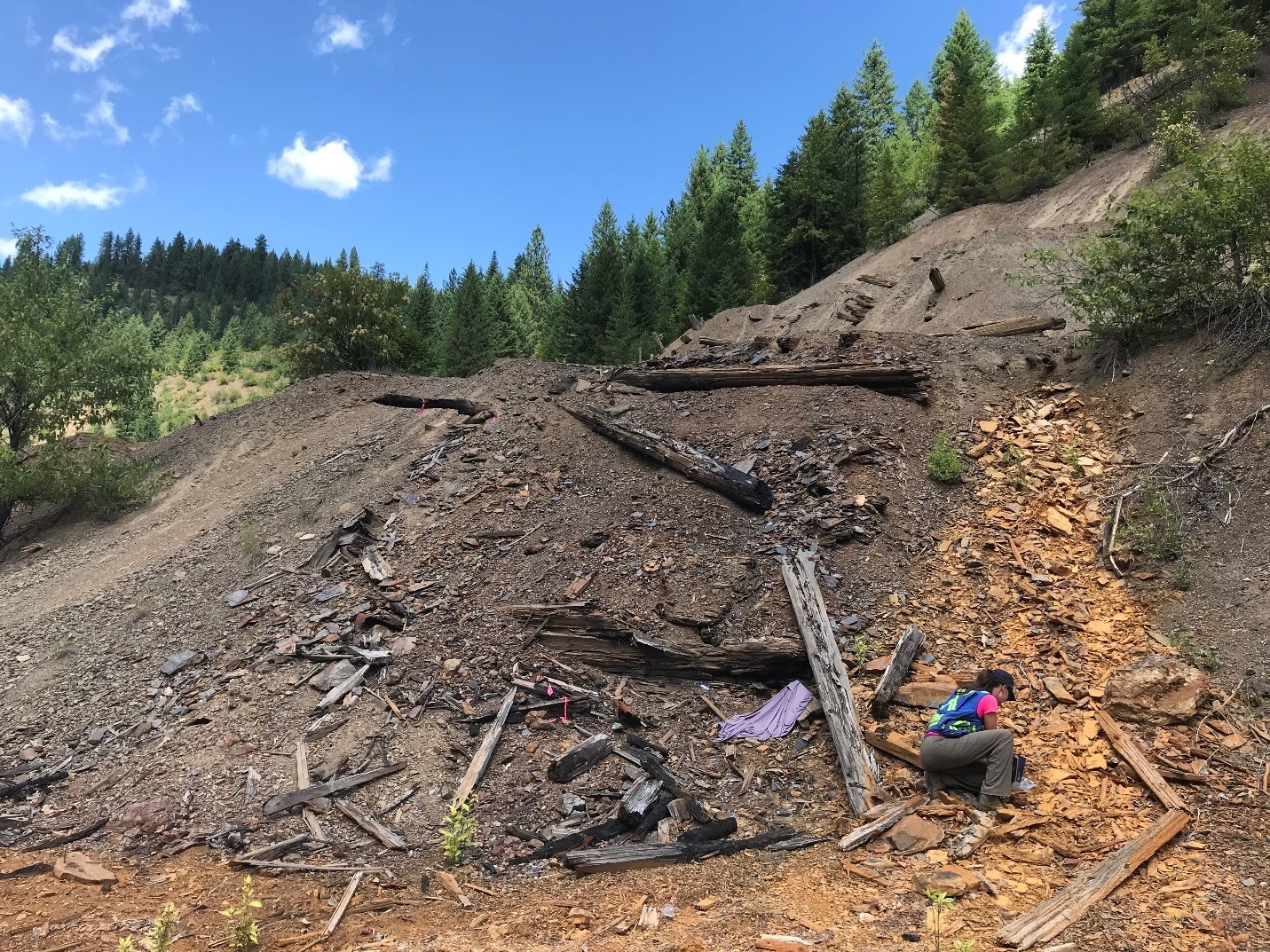
This summer’s investigations are all part of MFA’s ongoing work with the Coeur d’Alene Trust to protect ecological and human health by remediating impacted areas of the BHSS. The investigations range from preremedial design to remedial design. They include sonic drilling and test pitting through waste material into native soils and bedrock, surface sampling of waste material and native soils, surface water sampling, adit discharge sampling, groundwater sampling, sediment sampling, and general site reconnaissance.
Each investigation site has its own unique characteristics that require MFA’s field teams to be creative and adaptive in planning fieldwork. Site issues we contend with include swiftly moving streams in impacted riparian areas, principal-threat-waste-level concentrations of metals in the soils, hundreds of thousands of cubic yards of waste rock on steep terrain, and potentially risky concentrations of lead in surface soils at a popular recreational area.
Environmental fieldwork staff are supported by MFA’s GIS (Geographic Information Systems) and data management team, which is critical to each fieldwork project’s success. If the field team is the space shuttle, the GIS and data management team is the control center. From providing electronic data collection forms to speedy mapping of field-collected data, the staff who work on GIS and data management back at the office provide real-time and otherwise inaccessible information to the field team, allowing for adaptive strategies for the best field investigations possible.
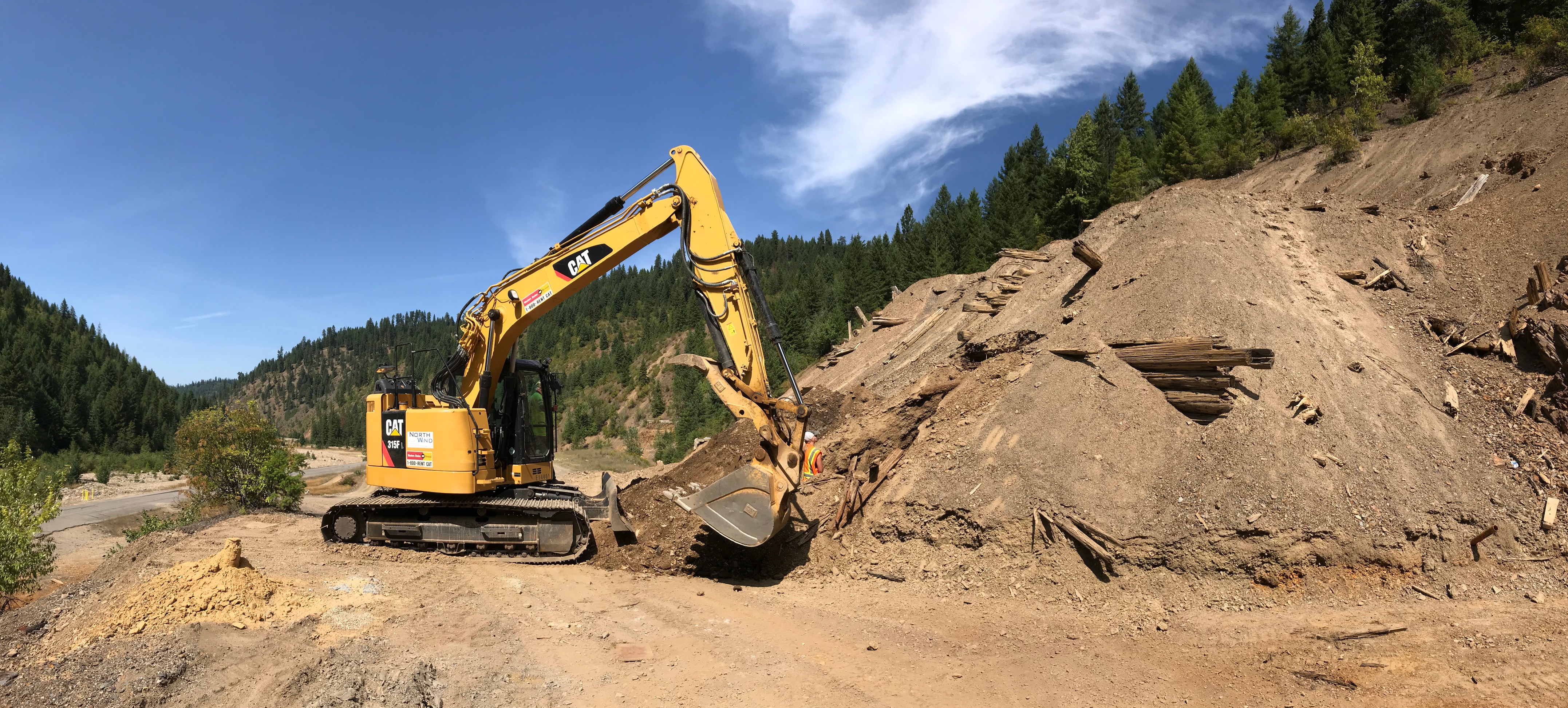
This blog was originally written by former MFA Senior Chemist/Environmental Scientist Erik Naylor.

